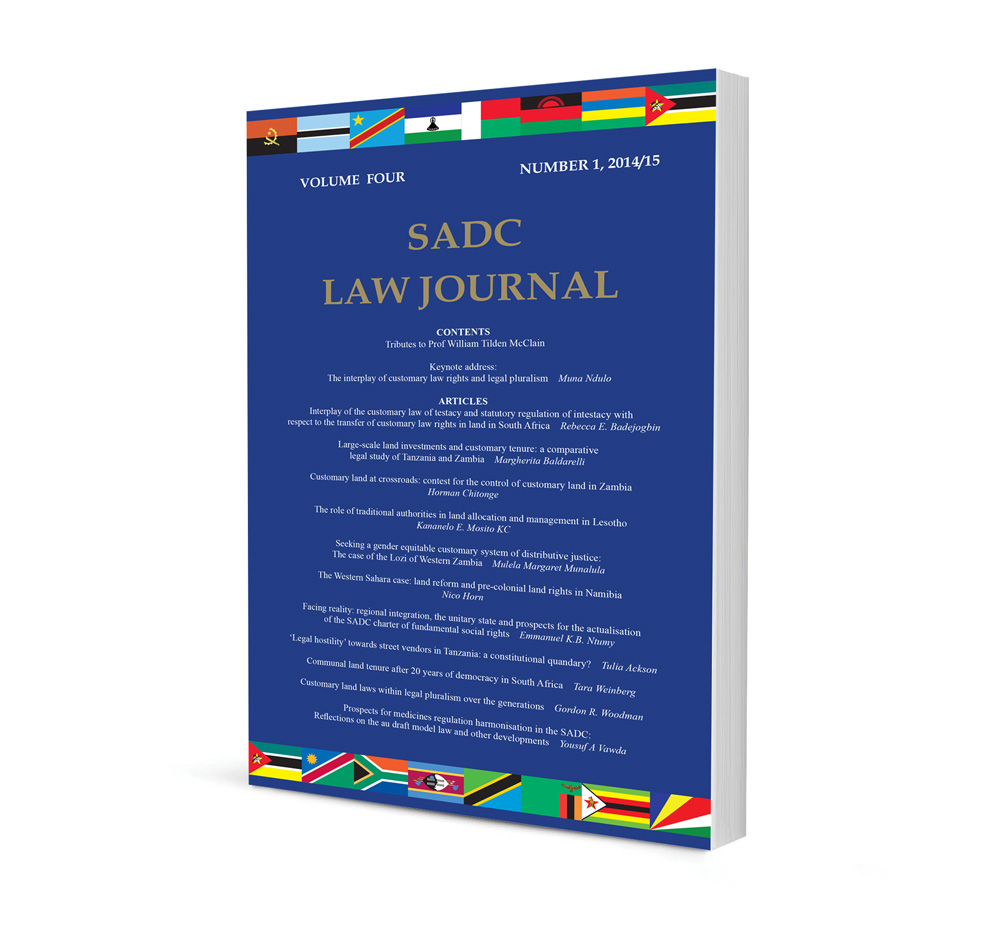
Prospects for medicines regulation harmonisation in the SADC: Reflections on the AU draft model law and other developments
Authors Yousuf A Vawda
ISSN: 2026-8556
Affiliations: Associate Professor, School of Law, University of KwaZulu-Natal
Source: SADC Law Journal, The, 2014/15, p. 209 – 223
Abstract
Fourteen of the fifteen SADC member states signed the Protocol on Health, in Maputo, on 18 August 1999. The Protocol recognises, among other things, ‘that close co-operation in the area of health is essential for the effective control of communicable diseases, non-communicable diseases and for addressing common health concerns in the Region’. Critically, it provides that ‘State Parties shall co-operate and assist one another in the harmonisation of procedures of pharmaceuticals, quality assurance and registration’. There is thus a regional imperative to harmonise medicines regulatory laws, regulations and procedures. In the ensuing decade and a half, a number of developments have taken place along the path to harmonisation. The AU’s ‘draft Preliminary Model Law on Medicines Regulation Harmonization’ has sought to take the process of harmonisation to a continental level. Given the complexities and disparate backgrounds of AU member states, this is a mammoth task to accomplish. For example, a number of thorny policy issues will need to be clarified. Furthermore, the success of AU-wide harmonisation and model legislation must be premised on the regional blocs achieving significant consensus within their ranks. This contribution evaluates the progress which the SADC bloc is making to attain harmonisation, identifies the critical issues which need to be addressed in the run-up to full harmonisation, and explores how these may be addressed. It concludes that the significant progress made by other regional blocs in Africa, and the experience of the AU Model Law, offer useful exemplars for progress by the SADC in this regard.